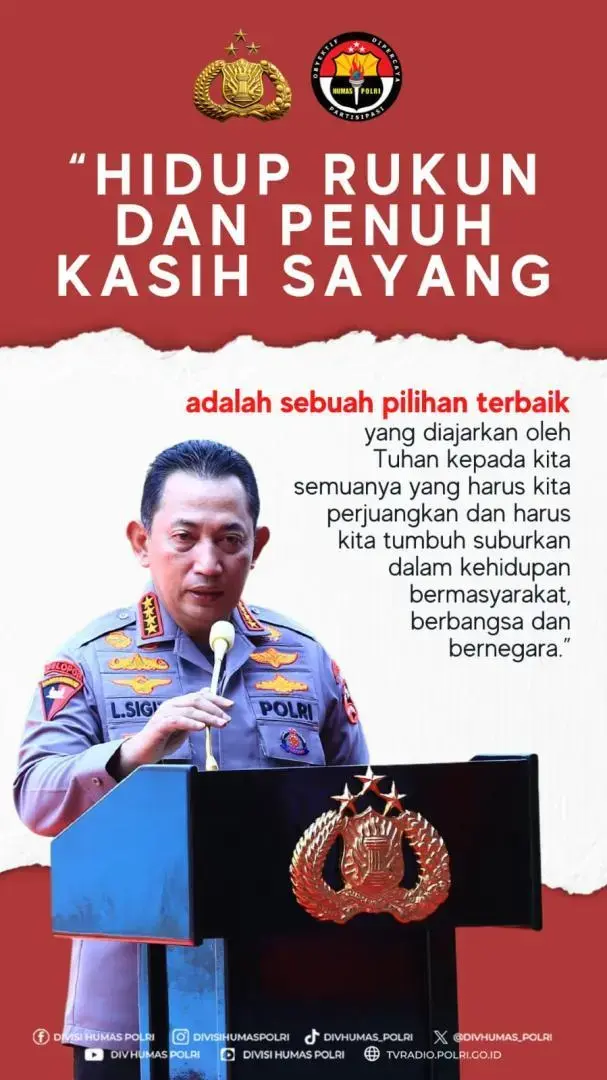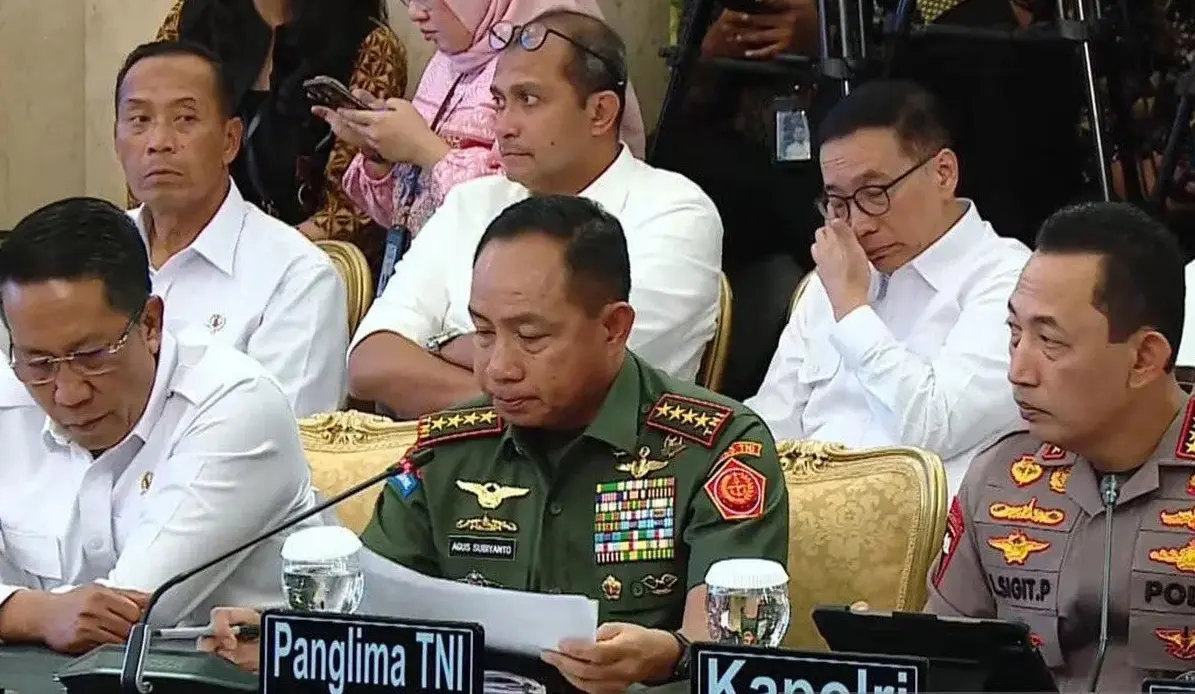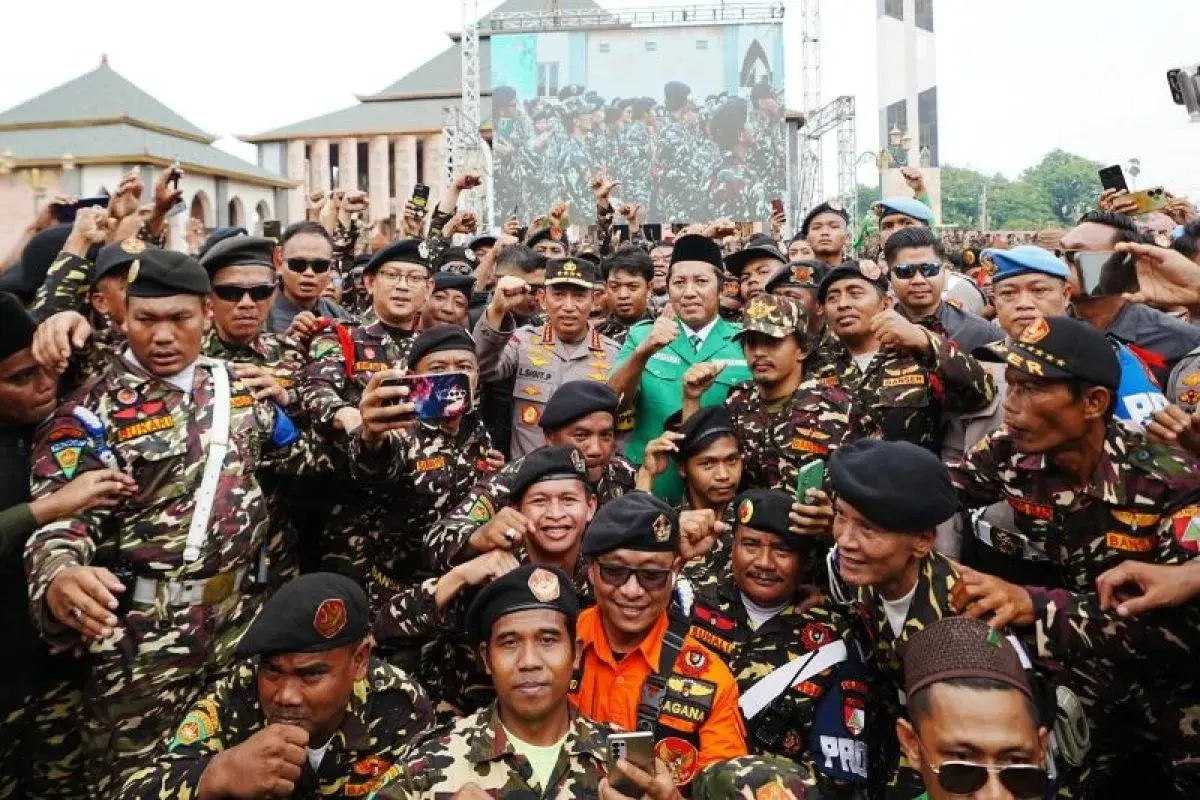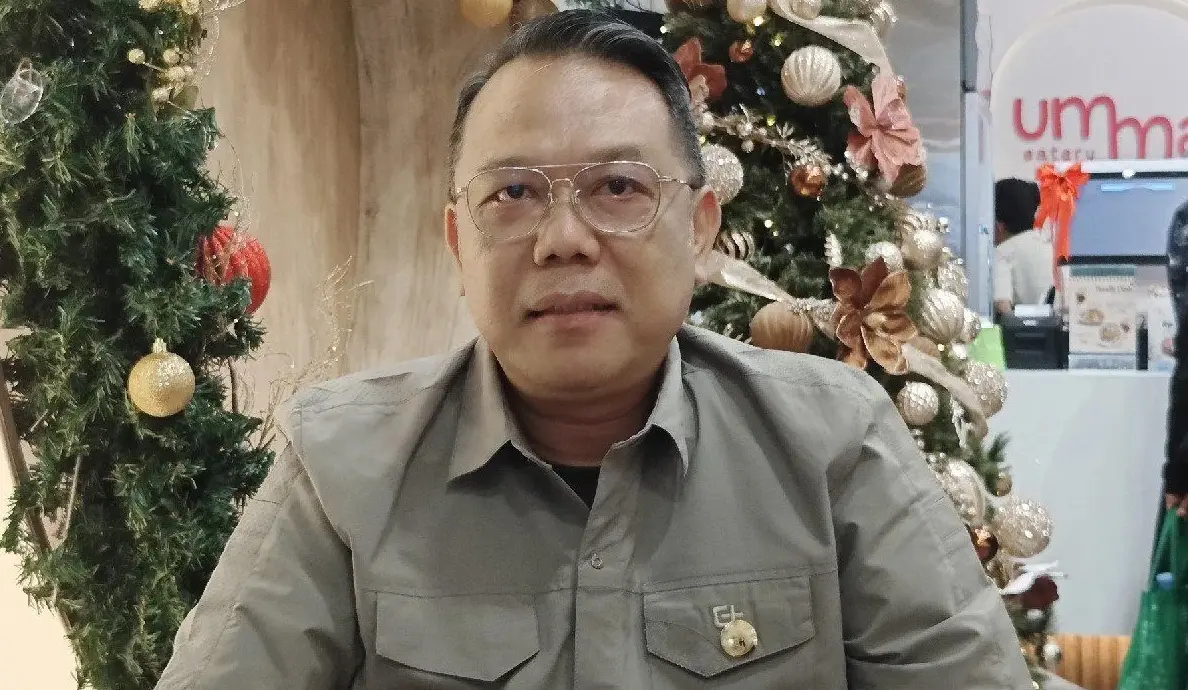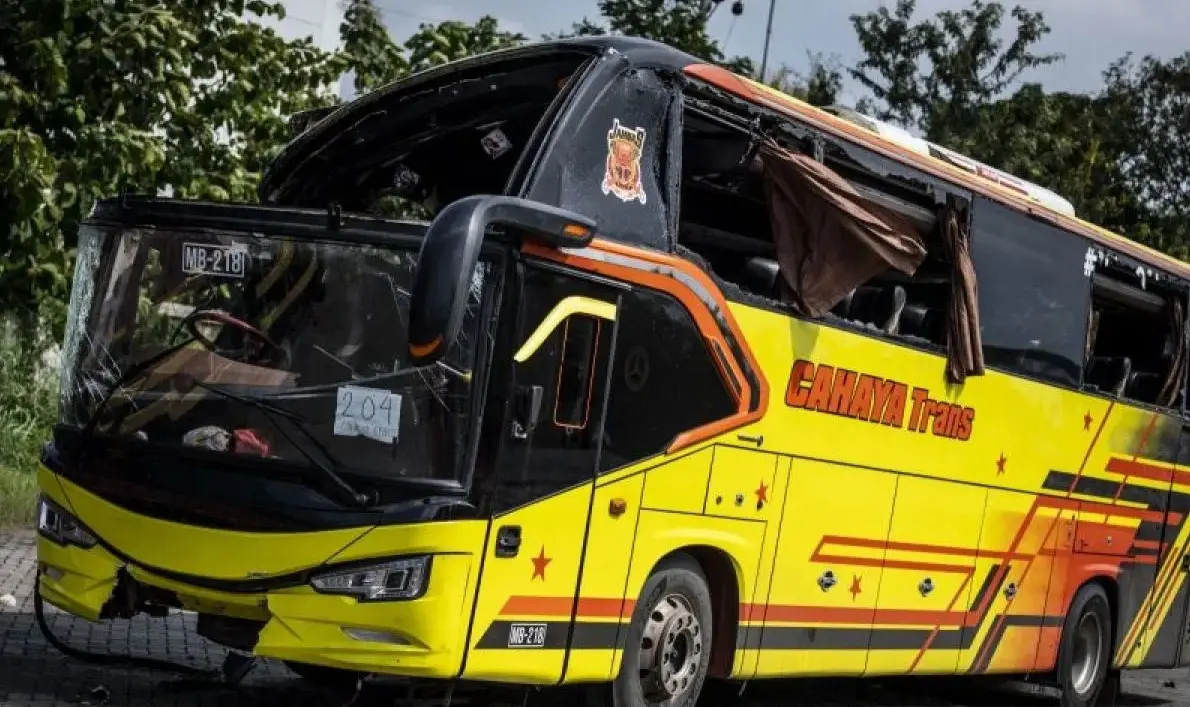inp.polri.go.id - Around 80,000 migrants are trapped in Sanya, a tourist city located on Hainan Island, China due to the lockdown policy by the Chinese Government.
This is due to the increasing number of Covid-19 cases in the region. The rise in cases comes amid the peak of the holiday season, which has seen a surge in the number of arrivals to the island which is known as China's Hawaii.
Reporting from CNN, Sunday (7/8), Deputy Mayor of Sanya He Shigang said about 80,000 tourists were still in the city.
This is because all people currently in Sanya, including people who have visited the city on vacation since July 23, are not allowed to leave Hainan province after 6 pm local time on Saturday (7/8).
According to local authorities, the city government has suspended all forms of transportation so that the mobility of residents and tourists within the city can be limited from Saturday morning. Stranded tourists are required to stay there for seven days and take five Covid-19 tests before leaving.
According to data from flight tracking company Variflight, more than 80% of flights that were supposed to depart from Sanya were canceled on Saturday (6/8). Not only that, all train trips departing from Sanya have also been cancelled
In a press conference, the Sanya city government said it was aware of the inconvenience caused to tourists and promised to do its best to solve the problem. This includes clearing travel booking cancellations and offering half-price discounts on hotel stays for travelers stranded in Sanya.
According to local officials, the city is divided into high and medium risk zones, with control measures varying depending on the level of risk. The entire city is under lockdown until the Covid-19 cases are brought under control. The city located on the southern tip of Hainan island has recorded 827 cases between August 1st and Saturday (6/8) midnight, including 240 confirmed cases and 173 asymptomatic infections.
The latest measures come amid the struggle of China in realizing its 'zero-Covid' policy through lockdowns, mass testing and strict border controls.


